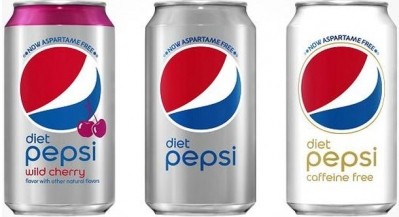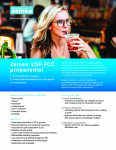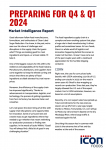Delaying added-sugar labeling could hurt manufacturers in the long run, experts warn

“Sugar has become public health enemy No. 1 now. We see what is happening at the World Health Organization, the dietary guidelines and changing criteria for sugar consumption. We have things like soda taxes out there for sugar sweetened beverages that could potentially spread to other food and beverage categories. Even in the work we have done with consumers [at the Hudson Institute] we have found that now, along with calories, sugar is the number one concern that consumers keep telling us,” said Hank Cardello, senior fellow at the Hudson Institute who moderated the breakout session No Sugar Coating it at the Summit.
“It is a hot button issue that industry has to deal with,” he said.
But how individual companies are dealing with it vary, and so too are their degrees of success.
Some companies are reformulating, innovating, reducing the package size and even discontinuing products to meet consumers', regulators' and health advocates’ shifting demands. But others continue to shift the health blame away from sugar and are asking for more time to comply with the upcoming new Nutrition Facts panel, which will require companies to label added sugar.
These latter options may seem like good ideas to some, but according to a Mars, Inc. spokesman fighting efforts to reduce obesity and other diet-related health issues is “fundamentally wrong.”
They also can be damaging for long-term sales, Matthais Berninger, corporate staff officer, public affairs at Mars, added.
For example, he pointed to the negative backlash sinking sales of sugar-sweetened beverages, which increased when the beverage industry fought measures in New York to reduce portion sizes of soft drinks at the same time world leaders were discussing the problem of obesity at the level of the United Nations.
With this in mind, he urges industry to take a different approach with labeling added sugar and adopting the new Nutrition Facts panel.
“The Nutrition Facts panel, which is much more consumer friendly in terms of pointing towards the overall calories consumed and having and added sugar labeling,” should be rapidly implemented, he said.
“We shouldn’t postpone it. We should be really, really ahead of the curve in helping consumers to understand where their sugar comes from because one of the problems with added sugar is, no one is surprised that there is added sugar in candy, but people are surprised when they look at an added sugar labeling and find it almost everywhere,” he said.
“That surprise is very, very healthy because it helps people to realize that they need to make choices. They can’t have sugar in everything they eat and limit daily intake,” he said.
He also encouraged “speeding up implementation of added sugar labeling in the United States” so that it more quickly “will be copied by people around the world.”
Berninger also chastised industry players, such as the Grocery Manufacturers Association, that are attempting to push back the compliance deadline for the new labels.
“The industry hasn’t fought during the last administration, so there is no need to take advantage of less pressure from the current administration,” he said, adding, “implementation of added sugar labeling is one of the first things we want to get our heads turned around on.”
Think of the change as an opportunity, not a threat
Reducing sugar is difficult, acknowledged Berninger, but it also is not impossible and it will be easier to attain if companies think of the task not as a restriction or threat but as an opportunity.
“Years ago, people said you can’t reduce saturated fat in a Snickers and yet allow it to taste the same way it tasted before. Totally possible. People said you can’t reduce sodium because then people won’t get the product anymore. Not a reality. And the same will be true for sugar,” he said.
The easiest way to reduce sugar is to reduce the portion size, like leading candy companies pledged to do at the PHA Summit, Berninger said.
Another option is to replace sugar with other ingredients, such as high intensity sweeteners and fiber, he said. Although that only goes so far when it comes to candy, which means confection manufacturers also need to innovate – or acquire innovation – to expand their product portfolio so that people can enjoy candy, but also have healthier snacks.
“Consumers tell us that they don’t want to have snacks that do not add any nutritional value, and the answer to that is either we are innovating and cannibalizing all of our portfolio, or other people are,” and we are losing those sales, he said. “That, to me, is a very healthy pressure in many senses of the word.”
Finally, he said, “not every confectionery we sell today will be sold in 10 years from now. Our diets have changed so much, so it is not a surprise that there will be a change. It doesn’t mean that your favorite products will go away, but there will be a shift in the way it is packaged and there will be a shift in what kinds of innovations are made and in what kinds of investments are made – and that is a good thing.”























